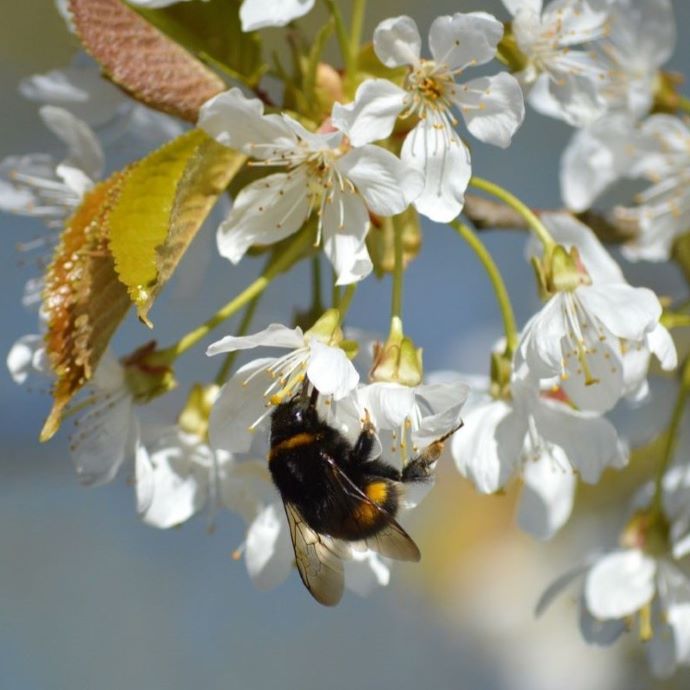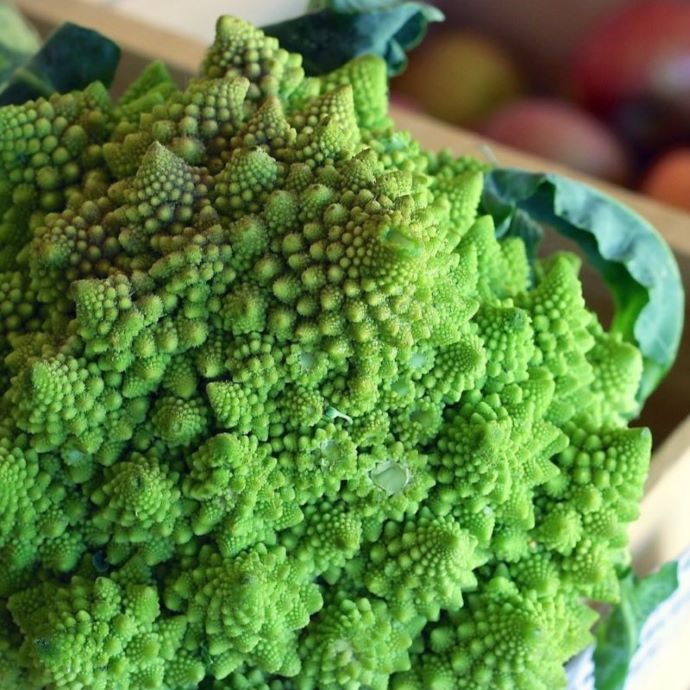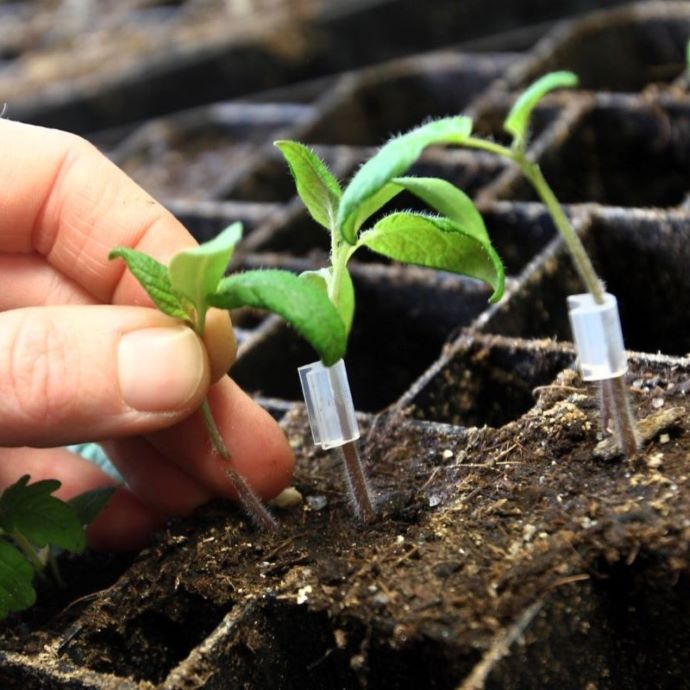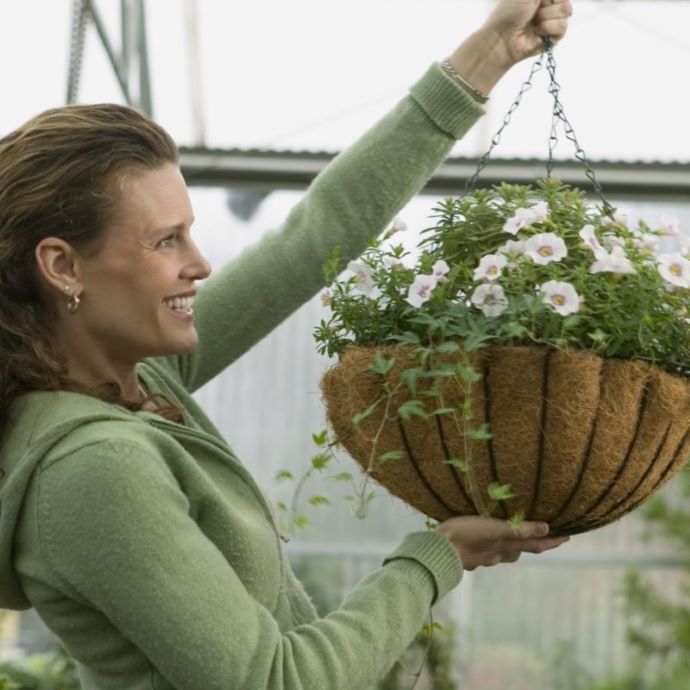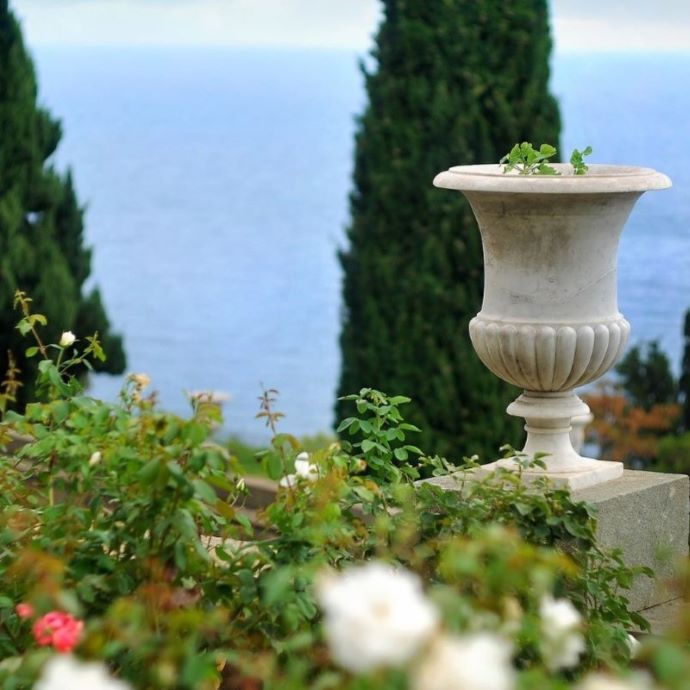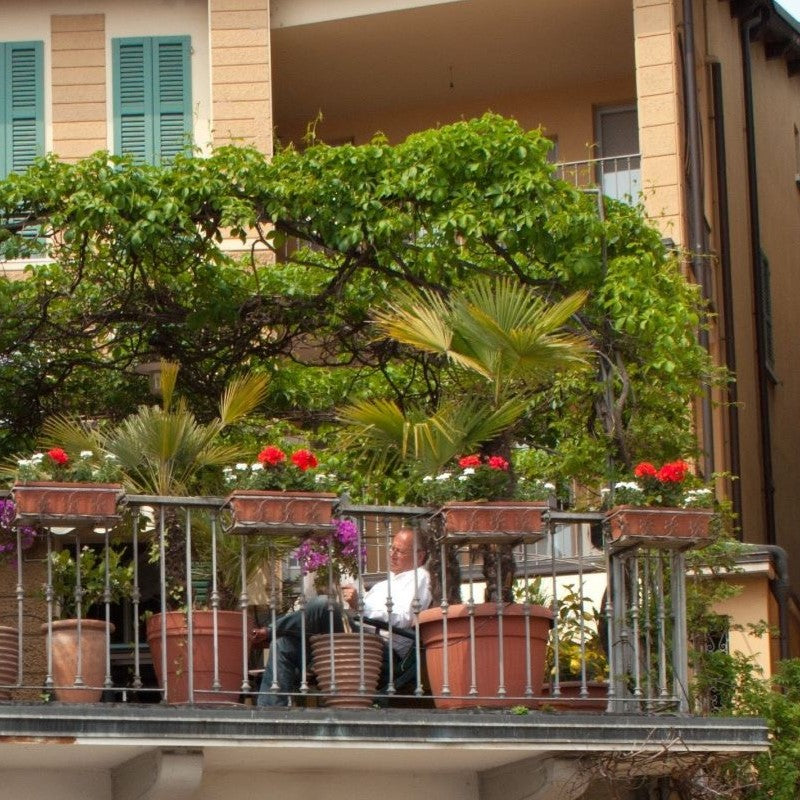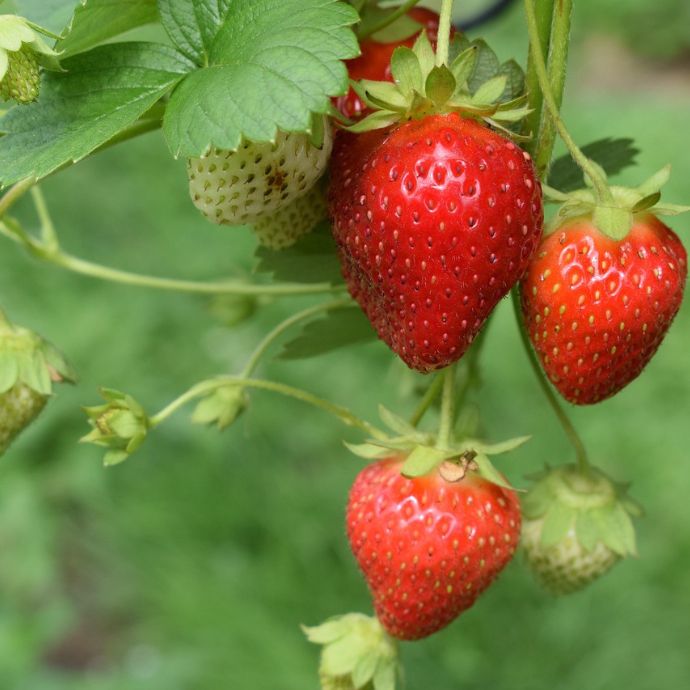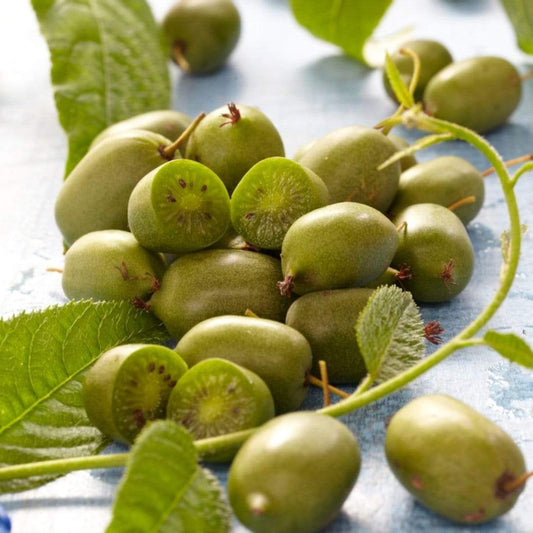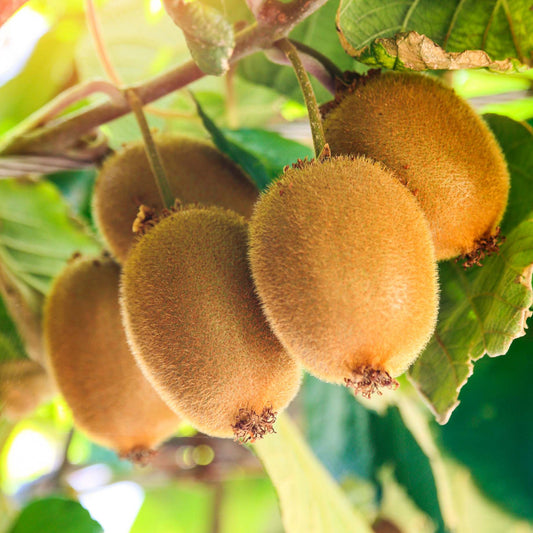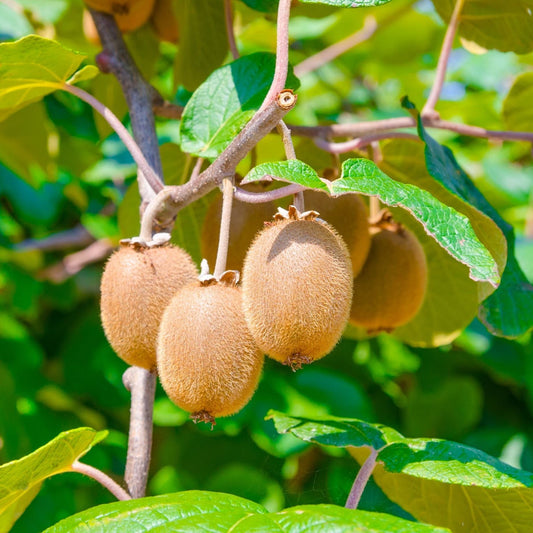The Five Best Climbing Fruit Plants
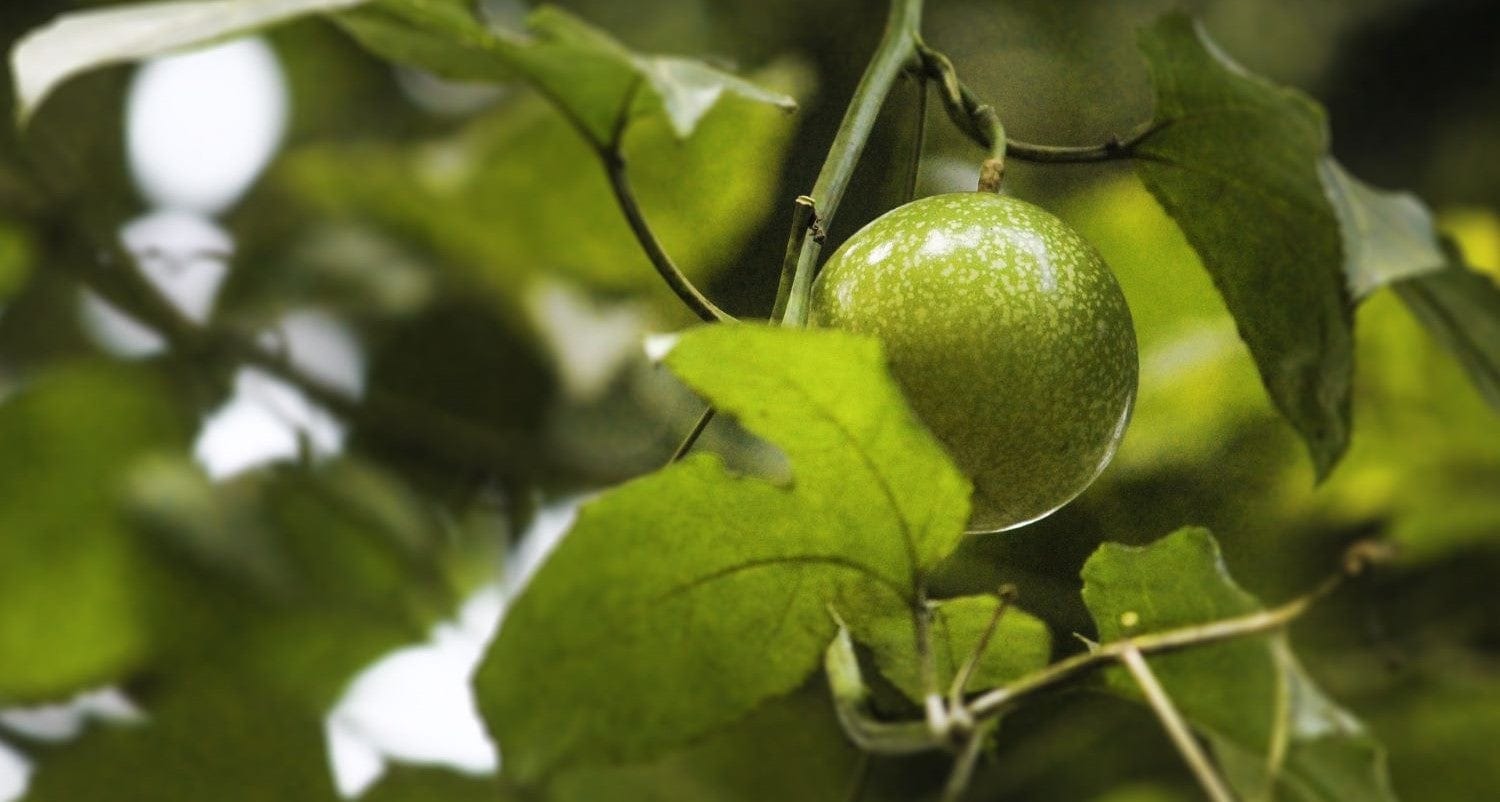
If you’re short on space in your garden - or you’ve filled it all with tomatoes (is that just me?) climbing plants are a great way of maximising your space by growing upwards. If your vertical garden can produce delicious and unusual fruits, even better! Check out our five favourite fruiting climbers - all of them are perfect for a greenhouse or conservatory, and some of them can be grown outdoors on a pergola, trellis or wall.
Grape Vines
Grape vines are the most popular climbing fruit and for good reason! Many varieties have been bred for growing outdoors, but all vines will thrive in a greenhouse or conservatory. Once you’ve decided on a position for your vine, choose from sweet and juicy dessert grapes or wine grapes if you want to start your own vineyard!
Where to grow
Grapes do well outdoors hanging from a pergola (but check that your chosen variety is suitable) or indoors in a large conservatory or greenhouse. As they’re a large woody vine they’ll need robust support from wires or a strong trellis. You can also grow them in large pots, and many people grow them with their roots outdoors and their branches trained through the windows of a greenhouse. This gives the roots plenty of space to grow while also allowing the fruit to develop and ripen under glass. Grapevines live for up to a hundred years so make sure you choose a growing position carefully.
Harvest time
Varieties vary, but most grapes crop between July and September.
Grower’s tip
Grapes don’t ripen any further off the vine, so wait until they’re fully ripe before picking them.
Kiwi fruit
Forget acidic tasting, shop-bought kiwis that turn from rock hard to mush overnight - pick them when they’re ripe from your own vines.
Where to grow
Most kiwi fruits are hardy and can be grown outdoors, but they need a lot of sun to fruit well. They’re compact enough to grow in a greenhouse or conservatory and this often produces better results.
Harvest time
August to September.
Grower’s tip
If you only have room for one vine, make sure it’s a self fertile variety like Jenny or Solissimo. If you have more space, you can add some of the more unusual (and we think better tasting) varieties like Ken’s Red. These need to be grown in pairs of male and female plants to produce a good crop.

Passion fruit
Passion fruit is near impossible to find in the shops and when you do it’s prohibitively expensive. Which is a shame as it’s not hard to grow if you’re in a warmer part of the UK - if you’re not, you can grow it under glass. Cut the fruits in half, scoop out the soft, sweet middle with a spoon and be transported to the tropics. The flowers can even be used to make a calming tea.
Where to grow it
Passion fruit vines can grow up to 5m tall, so although they’re relatively compact on the ground (a large pot is fine) they need a lot of vertical space to grow. The self-clinging vines aren’t heavy, however, so this is one you can grow up a trellis, arbour or garden arch.
Harvest time
Fruits can develop at any time between May and August.
Grower’s tip
Don’t worry about figuring out when the fruits are ripe - they’ll fall off by themselves when they're ready.
Cucamelons
These crunchy little miniature watermelons taste of cucumber with a hint of lime. Eat them straight off the vine, sprinkle them in salads or use as a garnish for cocktails.
Where to grow it
Grow cucamelons indoors or out. They’re perfectly happy in pots and easy to train along wires or on a trellis as they’re self clinging. I grow these in my conservatory and train them around the walls on garden twine. They’re very easy to grow and pests ignore them.
Harvest time
July to September. For the best flavour, pick your cucumelons when they’re the size of a grape. They’ll grow bigger but will take on a sour taste if you leave them too long.
Grower’s tip
Most people grow cucamelons as an annual plant but you can save money and get an earlier crop by treating them as perennials. Once the plant has finished fruiting in late autumn, lift the plant’s main root and keep it in barely moist compost in a shed or garage over winter. Then in April, replant your root and it should grow again.

Honeyberries
If you like flowering climbers, you’ll love this - a honeysuckle vine with edible berries. The fruits do look a bit odd admittedly - a bit like an elongated, flattened blueberry - but they taste like them too, only with a hint of honey. As well as a space saving fruit crop, you’ll get all the flowers and fragrance of a regular honeysuckle plant.
Where to grow
Plant anywhere you’d plant a honeysuckle - mine’s trained on a garden arch but they’re also a great choice for arbours and pergolas as the scent of the flowers is lovely in a seating area.
Harvest time
July-August.
Grower’s tip
Birds love these (they’re no fools) so make plans to protect your crop with netting or by using bird scarers.
Last updated: 20/11/2023

